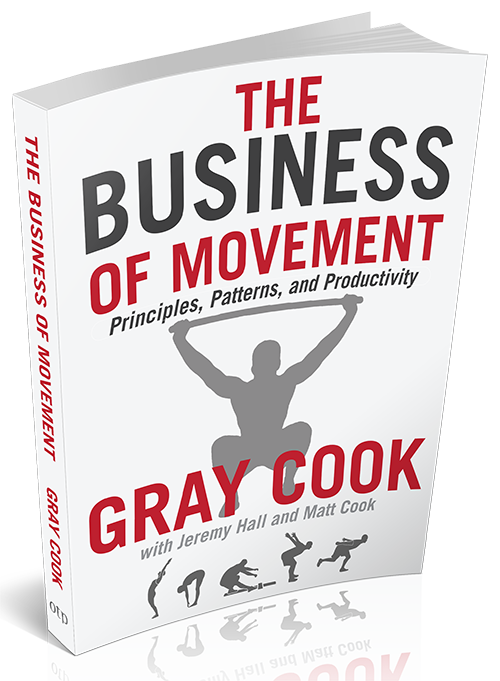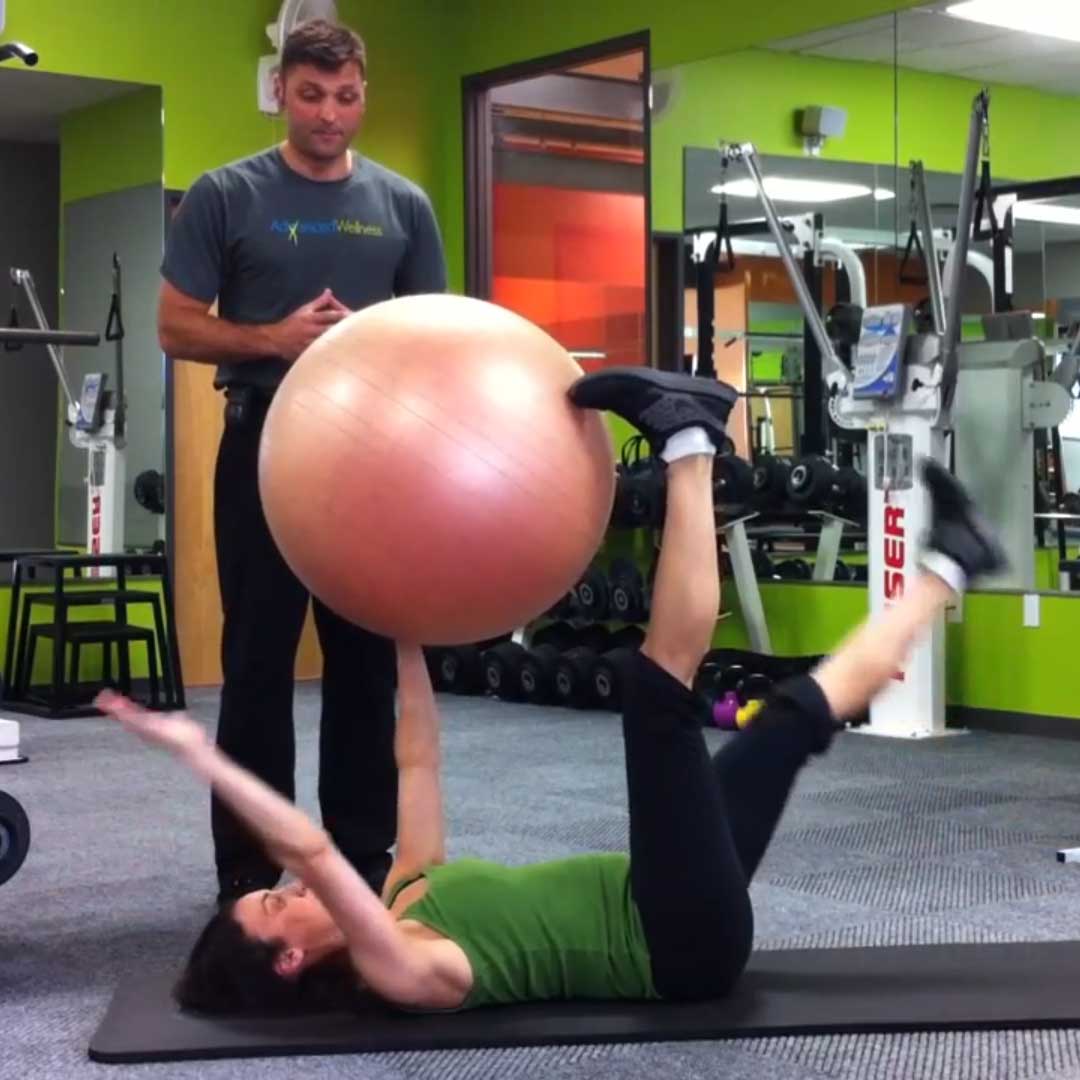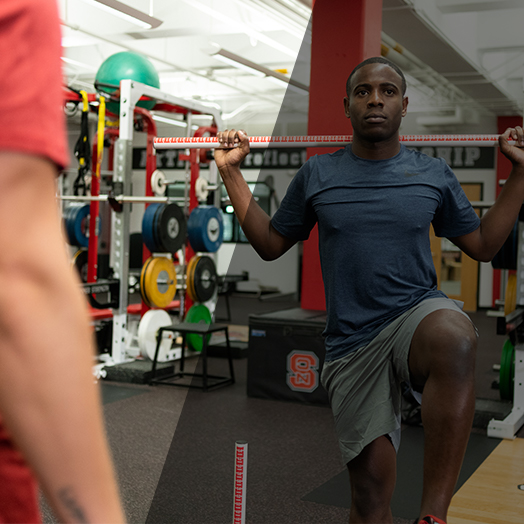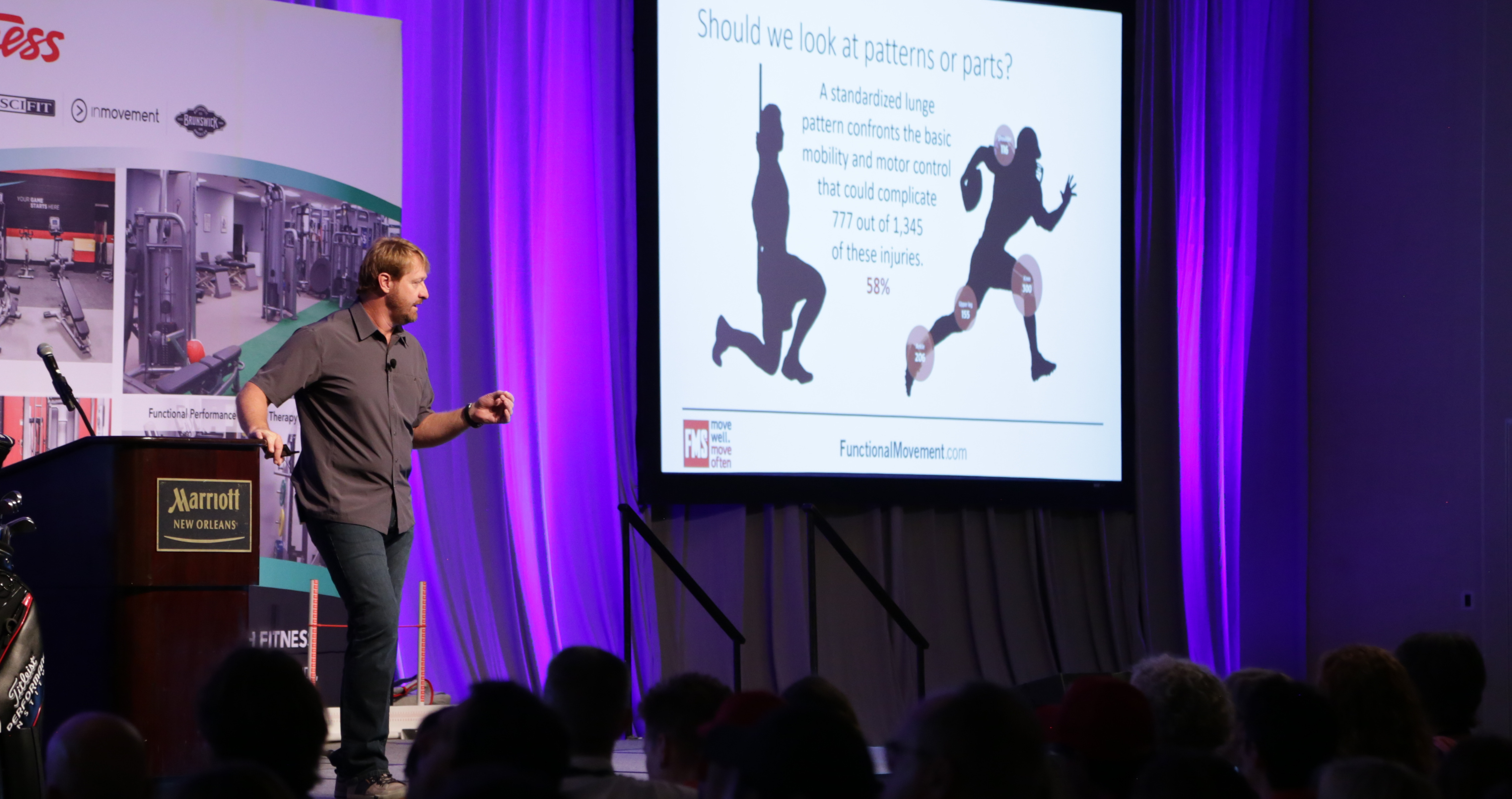Don't Sacrifice Function for Fitness
Written by Brandon Bennett FMS
 This article was adapted from The Business of Movement, a new book by Gray Cook.
This article was adapted from The Business of Movement, a new book by Gray Cook.
The Business of Movement
Principles, Patterns, and Productivity
Now that you know the Functional Movement System screens and assessments, how will you use them in your business? Gray Cook returns with the answers to your fitness and clinical business questions.
When it comes to removing negatives, one of the hardest conversations you’ll have is when telling people they should stop training or exercising. Exercise and training have become a big part of people’s identities today. Telling people they need to temporarily put things on hold or implying that the bootcamp class or running club they’ve been participating in may have actually been eroding their production can be a touchy subject. If you don’t believe me, try telling an injured runner to stop running.
We often find people who have the illusion of fitness. They find or modify environments so they can move in isolated ways or participate in group training or endorphin-producing activities that may cloud their perception of dysfunction. They’re chasing more plates for an exercise or a faster time in a workout, but in their pursuit of fitness, they’re sacrificing function. Function and fitness should grow together—but giving up function to get fitness won’t let you keep fitness for very long.
For example, after ACL reconstruction, we’ve seen high school athletes trying to return to running who demonstrate single-leg balance measures four standard deviations below those of a 70-year-old adult. They’re good compensators and may be able to accomplish the act of running, but if we looked at them as 70-year-olds, we’d consider them unsafe to even take a walk for risk of falling.
Plenty of people can perform with a medical or functional problem by gritting through it or compensating around it, but suffering through activity shouldn’t be our standard operating system. That medical or functional problem might not improve and may actually get worse, creating even more problems.
The connection between exercise and health is so drilled into our brains that we continue to pursue fitness activities, believing they’ll improve health or function…even to our own detriment.
No matter if your clients are with you to improve their health, fitness, or productivity in a given activity or sport, your responsibility is to protect the integrity of all of them. When someone scores below the acceptable thresholds on the movement screens, if the conversation doesn’t address pushing pause on exercises or activities that jeopardize that integrity, then you’re part of the problem, not part of the solution.
Of course, telling adults they aren’t allowed to do something works about as well as it does for teenagers. If you’re continuously telling them “You can’t do this. You can’t do that” and don’t allow them to work out or participate as they envision, they’re going to go find someone who will tell them what they want to hear rather than what they need to hear. You need to communicate that having a movement pattern or body part that’s painful, dysfunctional, or asymmetrical doesn’t mean they need to scrap their fitness plans—just the fitness that’s counterproductive.
I often ask patients and clients, “Can you commit to temporarily not working on your fitness while we work on other things that may have a bigger influence? Can we put your fitness goals aside for a bit, hit a corrective strategy for a week or two, and then come back and reassess?” If you’ve done the work on the frontend to gain buy-in of the process, asking those questions and vetting the potentially counterproductive exercise or activity choices will be less painful. Guiding clients and patients through that experience can produce massive change with no added stress because better perception drives better behavior in both the short and long terms. Education is best invested once better awareness is in place, because once awareness is set, protective behaviors should be clear, simple, and actionable. The conversation moves from one of “You shouldn’t” to “Why would you?”
Interested in learning more? Check out our available online course certifications here.
Related Resources
-
The Value of the Screen
Posted by Mike Panarella
-
It's Personal
Posted by Gray Cook
-
Kettlebells from the Ground Up 2
Posted by FMS





